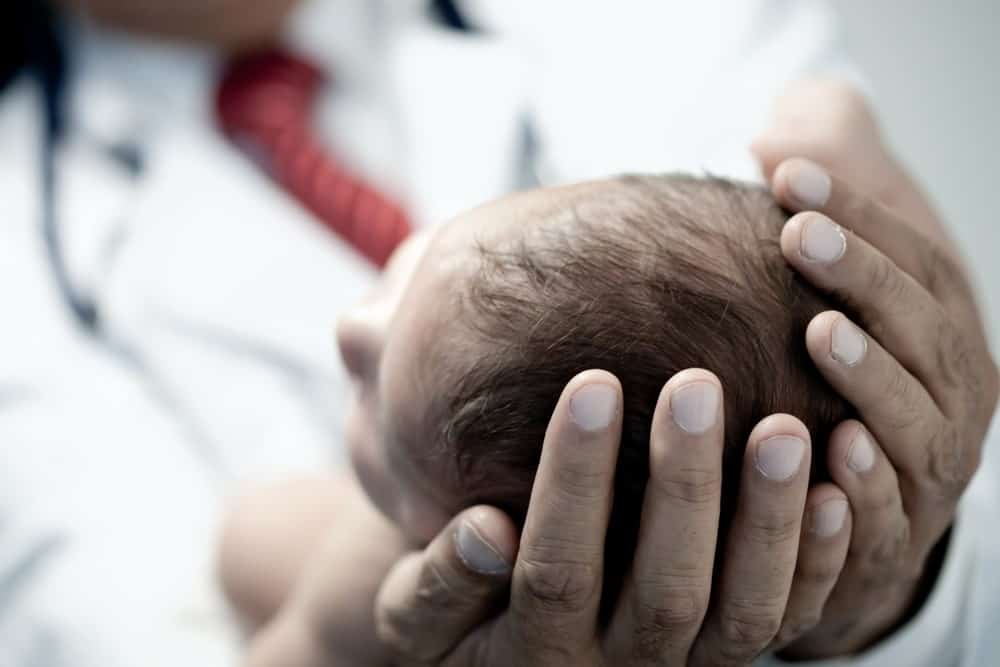Erb’s palsy is caused by damage to a newborn’s brachial plexus. This happens during birth, often due to the use of excessive force that extends the baby’s head away from its shoulder. In cases when the upper brachial plexus is not severely damaged, the condition may resolve on its own during the infant’s first several months of life.
The brachial plexus is where the nerves to a baby’s fingers, hand, and arm join with the spinal cord. These nerves merge together along the side of the neck. When a newborn has Erb’s palsy, they may hold their arm abnormally, not be able to make a fist, or the affected arm may be paralyzed.
Not all cases of Erb’s palsy are diagnosed at birth. Knowing more about the signs will help you to recognize them if you see them in your baby.
What Erb’s Palsy Looks Like
A palsy is typically a condition that affects the muscles, often by causing weakness. Kids with Erb’s palsy will experience movement difficulties, weakness, and even paralysis on the affected side. This is an injury that happens at birth, so in many cases, the damage will be immediately apparent.
Different nerves in the brachial plexus control different parts of the hands and arms. Because of this, Erb’s palsy will affect each infant differently depending on the specific nerves that are involved. Some babies may not have the full use of their hands, while others may be more impaired in the shoulder area while they are still able to use their fingers or hand.
When an infant has Erb’s palsy, they may hold their arm in a way that does not look normal, such as rotated inward. They may also not be able to grip your finger or to hold a toy. You may observe paralysis in the arm. The baby may also experience a loss of sensation in the affected arm, but at such a young age they will not be able to communicate this to caregivers or doctors.
How Erb’s Palsy Is Treated
In the majority of Erb’s palsy cases, the damage to the infant’s nerves will be minimal. Most will resolve on their own without any treatment within nine months after the baby’s birth. In other more serious cases, the following treatments may be used:
- Physical therapy: This therapy can speed up the healing process. It can also increase the chances the child will be able to regain normal functioning in their arm.
- Occupational therapy: This kind of therapy focuses on a baby’s fine motor skills. It is most effective when used in conjunction with physical therapy.
- Recreational therapy: This therapy involves the use of play to help a child recover from nerve damage and paralysis by focusing on activities and movement.
- Botox therapy: Injections of Botox contain botulinum toxin A, which can improve flexibility. It can also be used to temporarily paralyze the functional muscles so the affected muscles can catch up.
- Neuromuscular electrical stimulation: This therapy uses electrical current to stimulate an infant’s muscles. It can prevent further weakening of the muscles.
- Surgery: Minimally-invasive surgery may be used in cases where an infant has not responded to other treatments. Surgeries may also be used to repair and replace damaged nerves.
In the vast majority of cases, Erb’s palsy can be resolved or improved with treatment. Your doctors can tell you more about the different options that may be beneficial to your baby. Don’t be afraid to ask questions so you can be as informed as possible when you are making critical decisions that will affect your child’s future.




